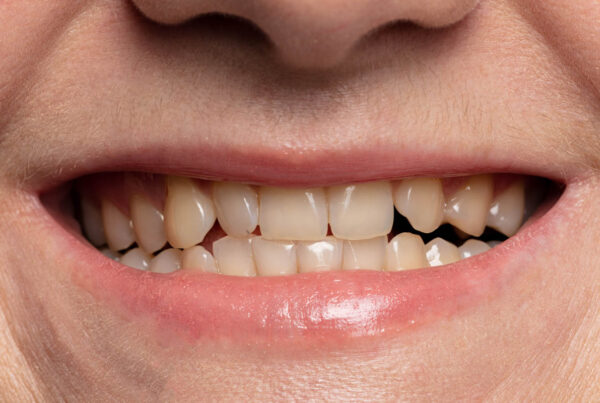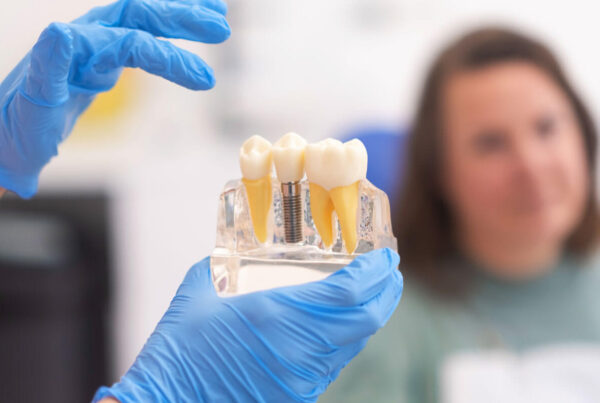Going to the dentist has become such a routine part of our lives, that most of us don’t ever think about life without dental care.
Dentristry has a long history, being one of the first professions. At Dentistry at 1818 Market St, a Phialdelphia dentist office, we’re looking back at the history of dentistry so we can appreciate how far we’ve come for oral health.
The American Dental Association (ADA) reports there is evidence that ancient Sumerians were aware of tooth decay and referred to in text. These early humans likely did not get many cavities due to their diet.
According to the American Dental Education Association, the history of dentistry can be traced back to 7000 BCE and the Indus River Valley Civilization in what is now Pakistan, northeast Afghanistan, and northwest India. There’s evidence that these budding dentists attemped to fix cavities with bow drills originally used as woodworking tools.

Egyptians are thought to have started using a paste to clean their teeth around 5000 BCE – before they came up with the idea of toothbrushes! As early as 3000 BCE, Babylonians and Egyptians were using twigs with frayed edges to clean their teeth.

The ADA notes that the Chinese were using amalgam fillings as early as 700 A.D.
In ancient Greece, Aristotle and Hippocrates were musing on dental topics such as methods of tooth extraction.
But it was in medieval Europe where texts on performing and regulating dental surgery were first identified, explains the ADA. By 1210 in France, dental surgeries, including tooth extractions, were routine. If you had a toothache in the Middle Ages in Europe, you’d see your barber – pulling teeth was a routine part of their job description. The first bristle toothbrush appears in 1498 in China when hairs from a boar were fixed to bone or bamboo handles.
In the 16th century, dental procedures appeared in published books dedicated to dentistry, which described tooth extraction, jaw anatomy and tooth decay in depth, among other dental matters. Medieval care providers also began experimenting with anesthesia, concocting herbal mixtures from substances such opium and hemlock.
In the early 18th Century, we were introduced to a French surgeon who is now recognized as the Father of Modern Dentistry. Pierre Fauchard defined the first comprehensive dentistry system in an influential 1723 book called The Surgeon Dentist.
Root canals, dentures and crowns were part of dental services by the mid-1700s. Dental professionals of the time were already tackling cosmetic concerns and attempting to make gold crowns look as much like natural teeth as possible.
America’s Founding Fathers played a role in the history of dentistry, too. Paul Revere advertised his dental services in his newspaper, and George Washington infamously wore many sets of dentures through his life. Though the legend says he had wooden teeth, the dentures were actually made of a combination of bone, hippopotamus ivory, human teeth, brass screws, lead and gold wire. The Baltimore College of Dental Surgery opened in 1840 – the first dental school in the world.
In 1859, 26 dentists met in New York and officially formed the ADA. The American Dental Association (ADA) is the world’s largest and oldest national dental organization. By the late 1800s, dentists had developed ether anesthesia for oral surgery. Tube toothpaste as we know it today became a mainstream staple of oral hygiene by the turn of the century. The first dental X-ray was taken in 1896, and five years later Edward H. Angle started the first school of orthodontics.
In 1905, novocaine was invented, making dental visits much more comfortable for many people, reports the ADA. Hygiene also took a leap forward when the first oral hygiene school opened in 1913. Fluoridated water was introduced in the 1940s and is still a standard for protecting teeth today.
When you hear the whizzing sound of a tooth being drilled in your dentist’s office, you can thank the dentist who invented the high-speed drill in 1957. Also, though lasers may seem like a more modern tool, they were actually first used in the 1960s to treat gum disease. Around the same time, the composite resin fillings you know today were also developed.
The first home bleaching kit was released in 1989. And shortly thereafter in the 1990s, whitening and other aesthetic treatments, such as veneers and tooth-covered restorations, became widespread.

Dentistry has come a long way, and new, innovative practices are being developed every day. For example, in the future, lasers may be used to help prevent cavities before they even start forming. Smart technology and advances in non-invasive dental treatments will continue to make a visit to the dentist an increasingly comfortable experience.
Even dental robots are getting in on the act. In 2017, the first robot-led dental surgery was performed in China, under human supervision. Artificial intelligence is also set to become part of the future of dentistry to diagnose dental problems by training computers to interpret scans and X-rays. In the home, increased accessibility to connected devices means you can see which teeth you’re brushing through an app on your phone.
For now, though, it’s still best to keep your regular dental checkup at Dentistry at 1818 Market Street, and make sure you brush your teeth twice a day and floss daily! Contact us today to schedule your next appointment at our Center City Philadelphia dental office.



